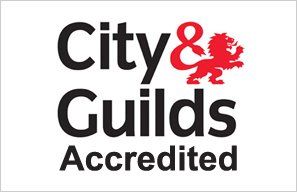Emergency Lighting
EMERGENCY LIGHTING
EMERGENCY LIGHTING
EMERGENCY LIGHTING TESTING AND MAINTENANCE
EMERGENCY LIGHTING TESTING AND MAINTENANCE
The purpose of emergency lighting tests is to ensure that emergency lights remain fully functional (for the specified duration) during mains electrical failure and that all lighting and exit signs are up to date with the current legislation and are adequate for the purpose intended!
The testing requirements in the code of practice are:
The purpose of emergency lighting tests is to ensure that emergency lights remain fully functional (for the specified duration) during mains electrical failure and that all lighting and exit signs are up to date with the current legislation and are adequate for the purpose intended!
The testing requirements in the code of practice are:
Function test
All emergency luminaries should be tested be breaking the supply to them and checking that they operate satisfactorily. The supply must then be restored and the charging indicators must be seen to be operating correctly. This test must be performed at least once per month and the results logged
Discharge test
The luminaries must be tested for their full rated duration period and checked for satisfactory operation. The supply must then be restored and the charging indicators rechecked. This test must be performed at least annually and the results logged
Note: BS 5266-1: 1999 allows a one hour test to be performed as an alternative every six months for the first 3 years of the system, but the guidance document to the Fire Precaution Regulations calls for the annual test at all stages of equipment life.
Emergency lights are available in a Maintained and Non-Maintained version. Maintained emergency lights can be set to be constantly 'On' and the Non-Maintained only turns 'On' in the event of a power failure.
KEEP IN TOUCH
If you have an enquiry or would like a quote please give us a call or fill out the enquiry form on the contact us page and we will get in touch. Have a question about Willerby P.A.T. & Safety? Send us an email!
©
WILLERBY PAT & SAFETY



